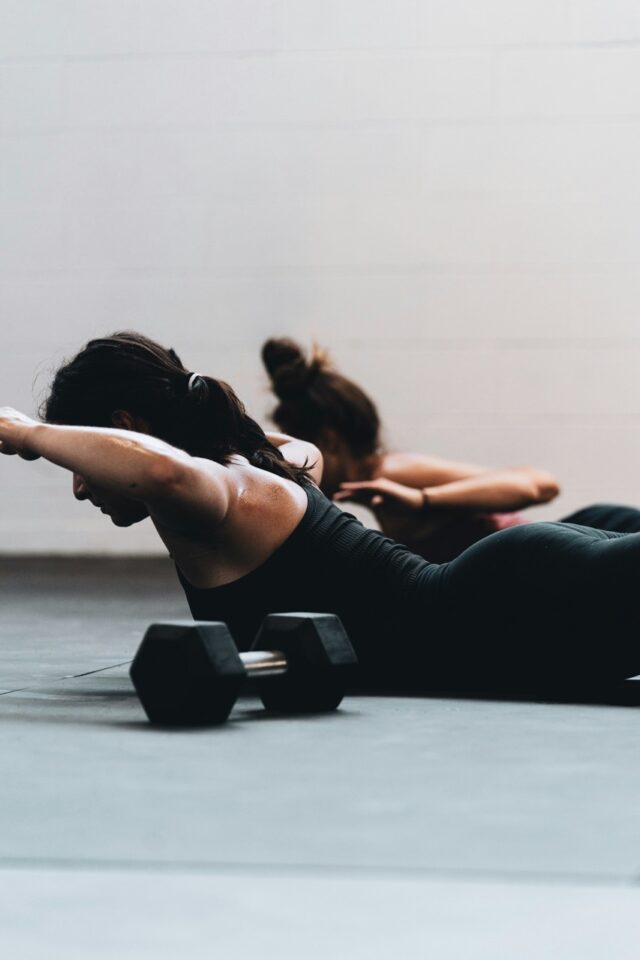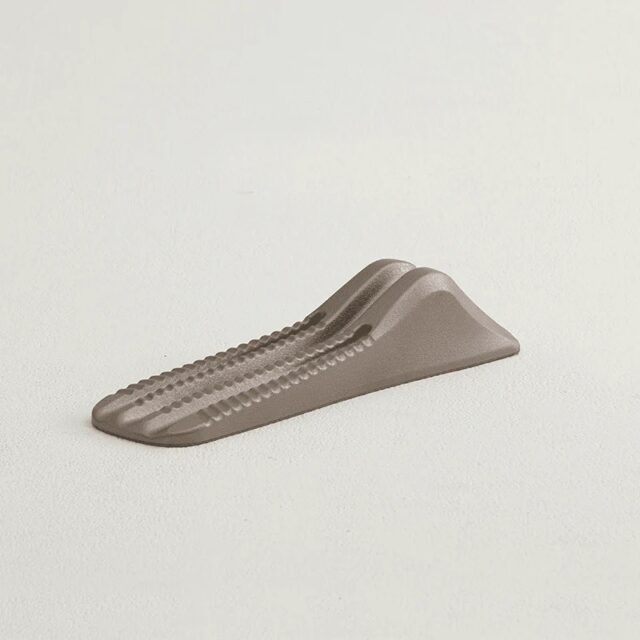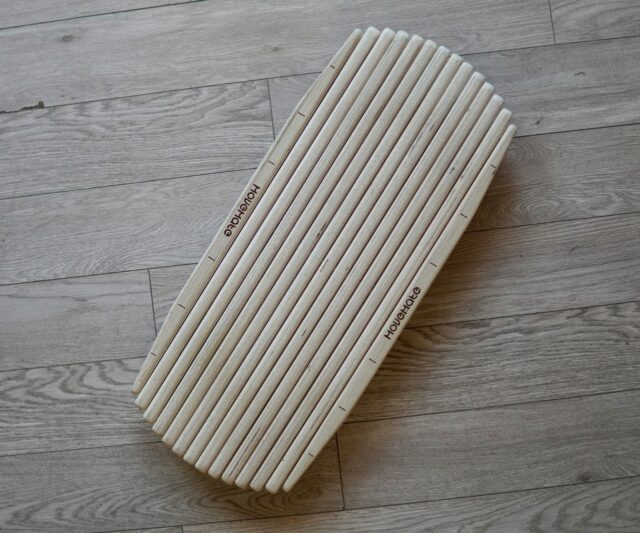
By Jenna Lebovits
In the current work-from-home reality, where hours spent in front of screens have quietly become normal, maintaining proper posture is more necessary than ever—and for your whole-body health, too. Research finds that good posture is linked to increased alertness, mental clarity and productivity, while slouching can lead to a range of unwanted musculoskeletal issues including neck stiffness, back pain and even breathing difficulties. In the long term, poor posture significantly decreases focus and energy levels, putting a strain overall productivity.
Wearable posture trainers, balance boards and targeted exercises all naturally support proper alignment. Incorporating these tools into your wellness arsenal and WFH setup can help you stay energized, focused and aligned. In response to the increasing rate of posture-related issues, especially in remote spaces, innovative devices have been developed to support and correct the body’s natural alignment. But don’t overlook the many free, time-tested practices that anyone can lean on to improve their posture.

A non-negotiable in achieving and maintaining proper posture: exercise. Core-based movements like bridges and planks activate the deep, stabilizing muscles that keep our spines aligned and in check, while shoulder blade squeezes and rows can help combat any rounded shoulders from prolonged slouching. Incorporating stretching and flexibility exercises (think: yoga and Pilates) into your daily routine can help keep your hips and spine mobile, and prevent stiffness and misalignment.

A simple yoga practice can be a game changer for your posture. Poses like Warrior II and Mountain help to strengthen the muscles in the core, shoulders and back, while forward folds and spinal twists help ease tension and boost flexibility. Yoga also encourages mindfulness and presence, training you to notice and correct slouching before it becomes a habit. Plus, studies show that a consistent routine can help reduce chronic pain.

This FDA-registered posture wearable by Forme is not only functional but fashionable, doubling as a sporty cropped tank top. Designed to instantly improve upper body alignment, the bra is lightweight and comfortable enough to use while running, sitting, traveling or even sleeping. Forme’s innovative technology promotes positive muscle memory and biofeedback, gently keeping the shoulders back and down to train the body to maintain great posture with little to no conscious effort. Plus, studies show that proper posture is linked to boosts in mood and confidence, making this bra a powerful multitasker for both body and mind. Power bra, $185, forme.science

It’s no surprise that long hours spent staring at a computer screen can lead to neck pain, spinal compression and stiffness (and usually, a bit of grumpiness). A therapeutic method known as spinal traction is commonly used to address this pain, both at home and in physical therapy. Devices like the Spine Nap by Kanuda help correct postural issues (think: rounded shoulders and forward head posture) while easing tension in connective tissues throughout the body, in just 10 to 30 minutes a day. Spine nap, $129, kanudausa.com

It’s a common misconception that standing desks are automatically the superior alternative to traditional seated desks. Experts recommend a balance of both, alternating sitting and standing every 30 to 60 minutes. To effortlessly incorporate subtle movement into your workday without disrupting workflow, Movemate’s award-winning Active Standing Board offers a fresh spin on the balance board. The board, constructed with 15 dynamic Baltic birch slats, enhances blood flow, energy levels and oxygen supply by exercising the muscles along the back and core, improving body awareness and posture. Movemate active standing board, $359, letsmovemate.com





